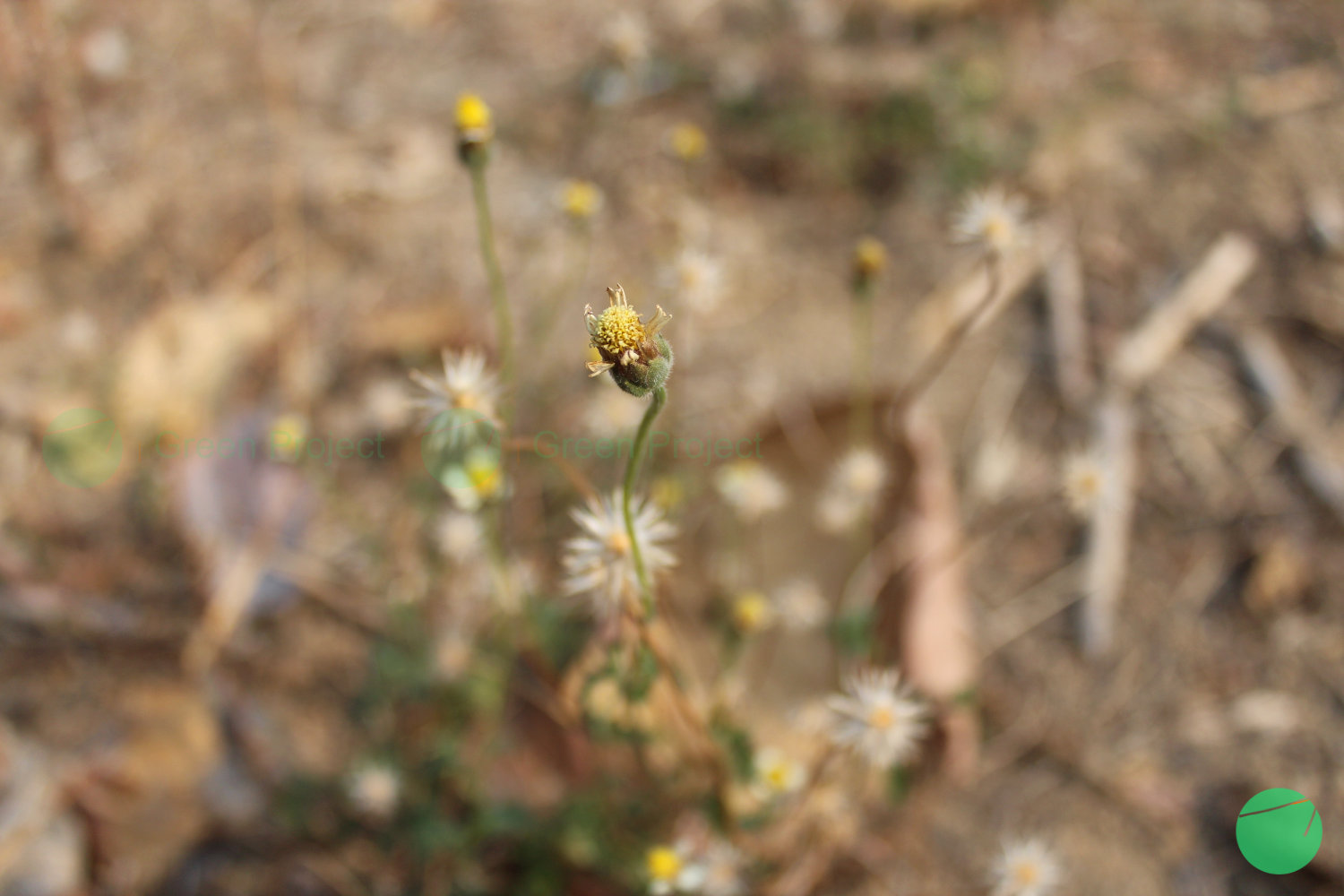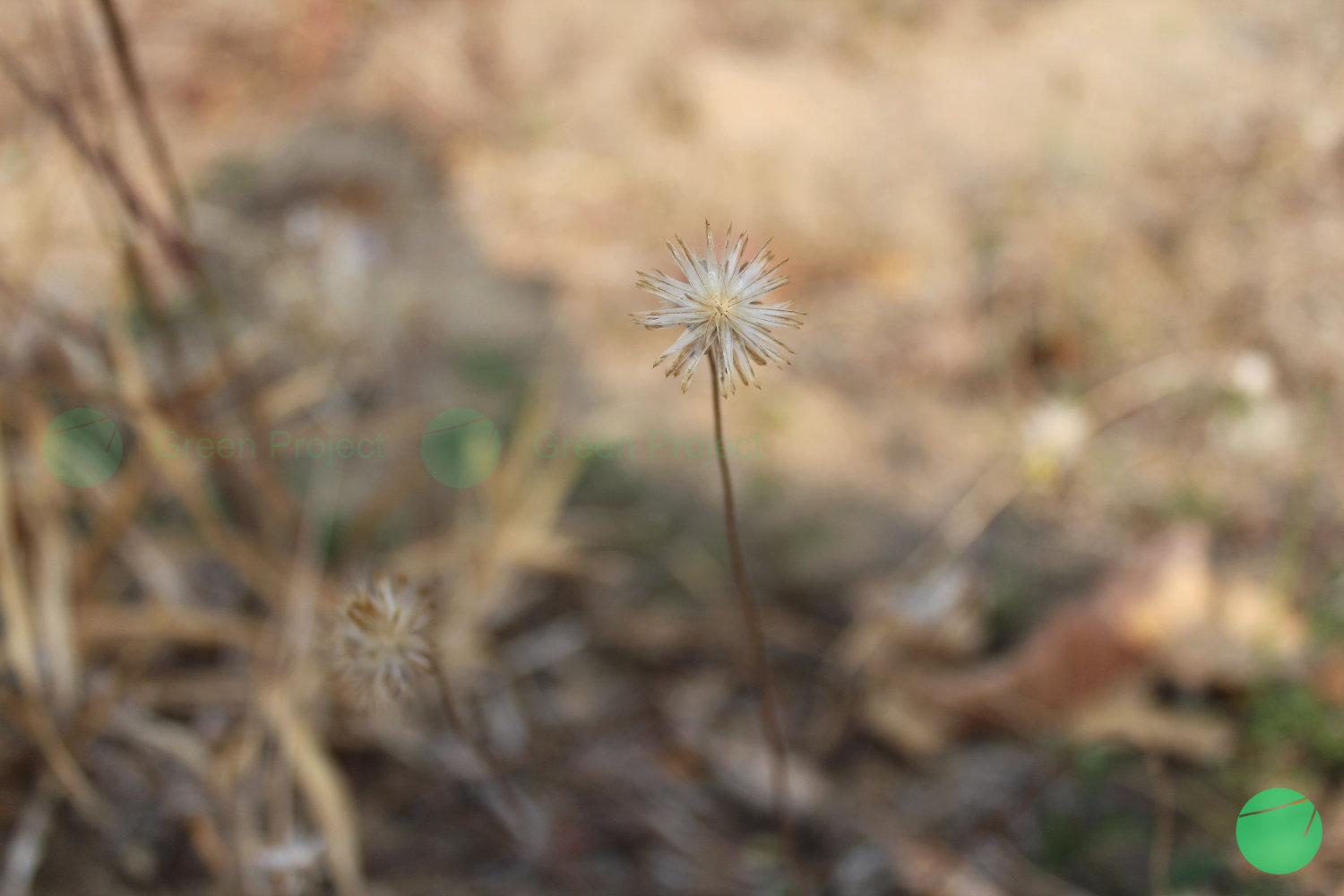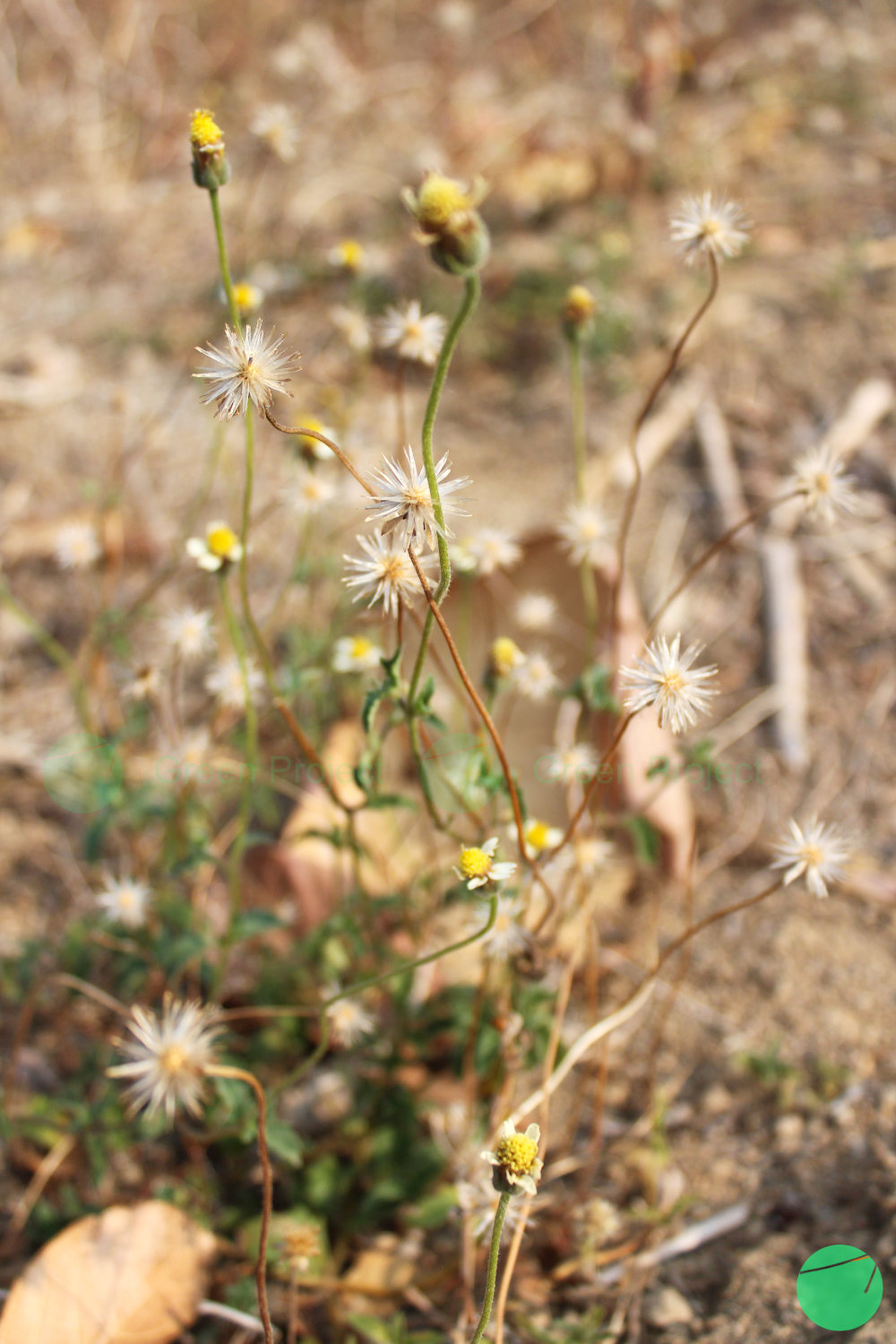Naming Identity
The gletang plant is scientifically known in Latin as Tridax procumbens L. Internationally in English this plant is known as coat buttons.
In Indonesia gletang has many other names. Among them are cemondelan, glentangan, gletang, gobesan, katumpang, londotan or orang aring. In Spanish speaking countries the plant is known as gusano eye. In Australia gletang is known as tridax daisy, dreibiss or niederliegender in Germany, kotobukigiku in Japan and bisalyakarmi or mukkuthipoo in India.
The genus name Tridax refers to the three lobes of the flower rays while procumbens refers to the tendency of the stem to be in a prostrate position (Tridax Procumbens (Coat Buttons) | CABI Compendium, n.d.).
Taxonomy
Kingdom | Plantae |
Phylum | Tracheophyta |
Class | Magnoliopsida |
Order | Asterales |
Family | Asteraceae |
Genus | Tridax |
Species | Tridax procumbens |

Origin
The coat button plant originates from Central America and Mexico. Then this plant was introduced to Nigeria as an ornamental plant in the 1900s and from there, it spread to many tropical and sub-tropical countries in the world (Tridax Procumbens (Coat Buttons) | CABI Compendium, n.d.).

Shape Description, Growth, and Habitat
Tridax procumbens or coat button plant is a perennial shrub that through its creeping stems, can grow up to 20 to 75 cm. The leaves of the coat button plant are oval and pinnate with a pointed base, sharp apex and rough-toothed edges. The leaves grow oppositely on the stem and are about 2.5 to 5 cm long.
The flowers on the coat button plant have white rays and a yellow disc in the middle which grow densely and upright. The flowers are about 1 to 1.5 cm wide and grow from stems which are about 10 to 30 cm long. The fruit is dark brown to black with an oval shape measuring 2 mm. Each fruit has pappus hairs which vary in length from 3 to 6 mm.
Tridax procumbens or coat button is listed as a Federal Noxious Weed in the United States. It prefers coarse-textured soil in more tropical locations. Gletangs generally attack roadsides, crops, abandoned land, and empty land (Coat Buttons, Tridax Procumbens Asterales: Asteraceae, 2018).

Benefits of Coat Buttons Plant for Health
According to a scientific report based on research written by Yusuf Andriana et al. (2019) said that Tridax procumbens or the coat button plant is a medicinal plant that has been used as a drink to treat catarrh, diarrhea, dysentery and liver disease. In the study, it was found that the coat button plant showed a strong inhibitory effect on XO, antioxidants, and the growth of four strains of bacteria E. coli, P. mirabilis, S. aureus, and B. subtilis. So it can be said that the coat button plant is a promising source for developing drinks and food to treat hyperuricemia, oxidative stress, and bacterial infections.
Traditionally in India, the coat button plant is used as a medicine to cure diabetes, diarrhea, jaundice, inflammation and wound healing and is used as a mosquito repellent, to help check bleeding and treat hair loss (Beck et al., 2018) .
The coat button plant is also believed to help the healing process of wounds and heavy bleeding. Not only that, coat button plant is also used as green feed for poultry in Nigeria (Tridax Procumbens (Coat Buttons) | CABI Compendium, n.d.).